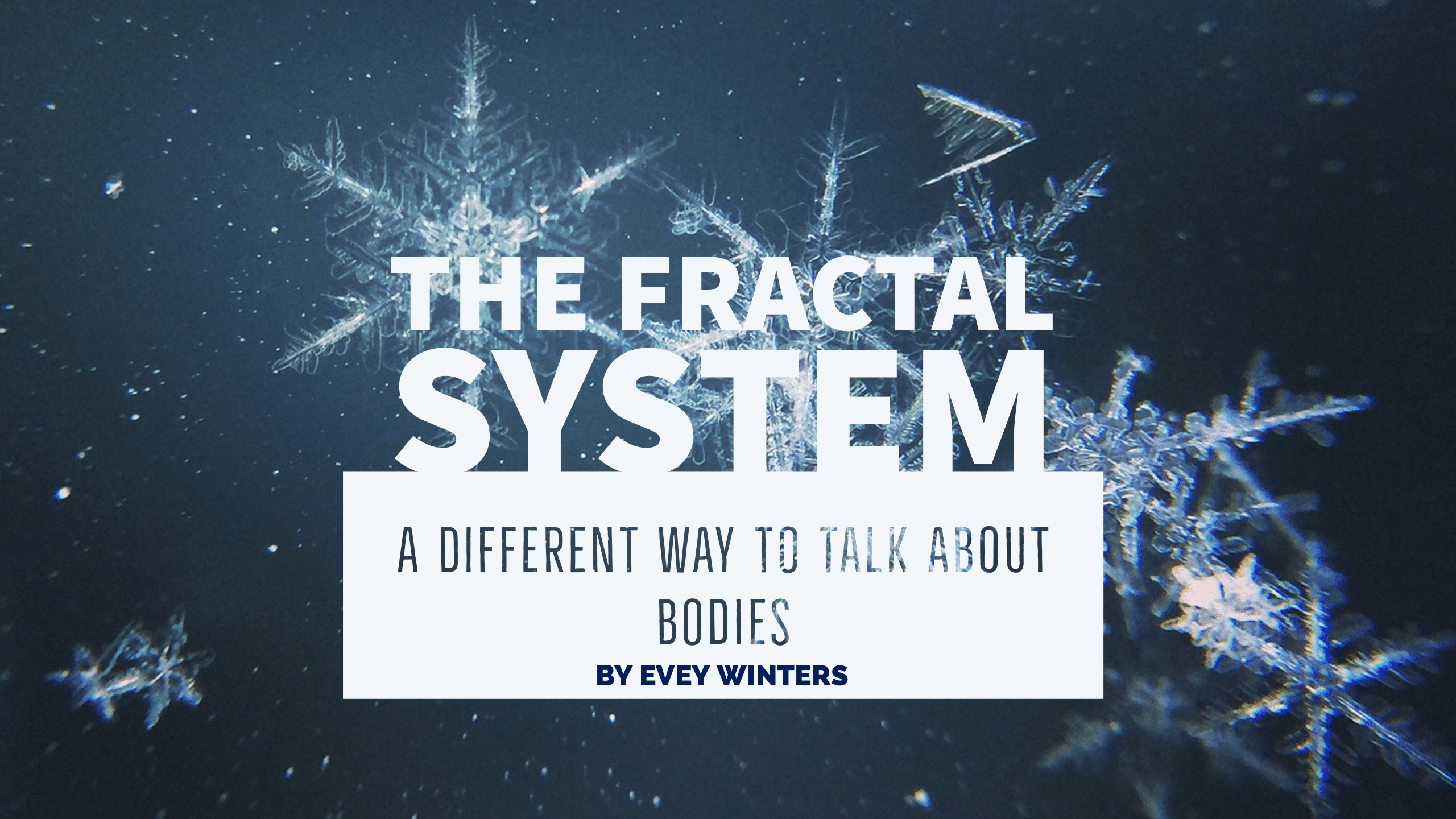
Coding in Binary: Gender and “Biological Sex”
Folks love to ask trans people about two topics: sex and gender. Sometimes they’re genuinely curious about the differences between these things and what those mean. Sometimes they’re trying...
Thank you so much for taking the time to read this work. If you found this useful to you and you'd like to buy me a coffee or help support the site, you can use the links below.
Folks love to ask trans people about two topics: sex and gender. Sometimes they’re genuinely curious about the differences between these things and what those mean. Sometimes they’re trying...
This is the full text of a thing I posted on Facebook. I’m still working out what kind of content belongs on this site, and what I can post...
So there’s a comic making the rounds right now featuring a crocodile sneaking into a pond by “transitioning to a newt” so it can eat the poor creatures in...
“Words offer the means to meaning, and for those who will listen, the enunciation of truth.” – Alan Moore, V for Vendetta Language is powerful to a transgender person....
I lived near one of the most haunted places in the United States. I moved away from the horror, or so I thought...
In the moments where a Biden presidency seems clear, many Republicans are reaching out to say, "we can still be friends."
“Oh come on, try it.” She’d been trying to convince me for the last 5 minutes. Friends had gotten involved. I believe I must have been 14 or so...
For nearly the last 10 days I have been in relative isolation as COVID—19 starts its growth in the United States. The grocery stores have been sold out, businesses...

I think deeply about words. I love language. I respect it. And I believe that the descriptors “male” and “female” have outlived their usefulness in how we talk about sex and bodies. These are ancient words that have influenced civilizations, poems, governments, societies, and more. Their influence has not always been positive. Since the beginning, these words came with social assumptions about power, fertility, and social utility. These are broad words, and so they communicate widely and with limited depth. They create a standard idea of a “male” or a “female.” How is it that the Vitruvian Man became the standard for humanity?
And it makes sense that these would be the words we would have arrived at first, conceptually. But they have always created a system of “This, that, and the other.” And so, it has been. Anyone who does not meet the arbitrary criteria for these labels is labeled “intersex” or other. They predate any knowledge of genetics, chromosomes, hormones, genitalia, or other differences in our bodies. There was an expectation built into these words, an idea of a person who best exemplifies them.
From that implied idea of normality comes much of the bigotry, political imbalance, and suffering we see in our world. We have stretched these words too far, and our society can no longer bear the weight of them. We see it in our discussions of sexuality and gender. We see their influence in the distribution of resources and power.
Words are the infrastructure on which our minds build. They are roads to cities of thought. Much like the highway system in urban areas, the roadways have been asked to do too much. In recent years and months, the answer has been to add more lanes to make them even larger to accommodate more types of people. This has made them more cumbersome and demonstrated the need for newer thinking.
In trying to point that out, I created a system to show that Male/Female are not god-given realities, just one way to view people. I wanted to demonstrate that we could represent humans as equals regardless of their bodies, be more precise in our language — and make a more efficient and capable way of communicating vast amounts of data about a person medically. I colloquially call this my Fractal system because I have a brand — and snowflakes are pretty, just like people.
It starts with three buckets: A (presenting with vulva, and vagina), B(presenting with penis and testes), and C(Indeterminate or ambiguous genitalia).
Already we’ve moved away from something archaic. These buckets exist equally. No one bucket has superiority over any other, though two may be more common. This gives people who would formerly be ignored, forcibly assigned, or otherwise labeled as “intersex” equivalent standing with every person.
From there, I propose additional subcategorizations in the form of fractal indexes. For instance, we may want to use the first fractal to talk about hormones or secondary sex characteristics. I would be a Type B body in this dynamic, so we might say of my body that I am Type B4 (making something up off the cuff). That would say that while I have a penis, my body has Type A typical secondary sex characteristics and that I take estrogen externally.
But what happens after I have surgery? Well, I will no longer have a penis and testes. My body will be type A. And in most ways it would be typical, but we would still want to medically communicate my transness. So for that, we could say that I am Type A2.
But what of THE GENITALS. Well, I do have a constructed vagina in this case and also a prostate. So, we may want to add a secondary fractal index to describing my sex that gives room for discussion about the genitals in more detail. Of my post-op body, we might be able to say that I am Type A2c. Presenting with a vulva and constructed vagina, dependent on external hormones, prostate intact.
Now, medically, with this one code I can communicate detailed information about my body and my medical history.
The surgery I’m having is based on the Davydov procedure. The Davydov procedure was invented to treat Type A bodies with a congenital absence of a vaginal canal (MRKH). For women in this situation, we may say that they have a type of Type A0b. This would describe a person with a vagina and vulva who has had the Davydov procedure and therefore needs different gynecological care and concern.
We can go down the line, adding fractal indexes as needed and even sub-indexing. This is an understandable, documentable, system for communicating about bodies.
No information is lost here. My hypothetical body type of A2c communicates that I have the body I have and the medical history I have in an honest way that can be taught and understood. It places me properly in the category with my cisgender sisters while maintaining essential medical information about my body and not obfuscating it under the assumptions implied in male/female. Because if you ask me if I am a male, I will tell you no. I am not a male.
This system is also decidedly neutral in its design and intent. It does not elevate any description, and it is designed to grow as our knowledge about bodies does. It can be standardized and replicated. The fractal system allows for even more precise controls when doing studies, as now you can say, “A2c patients responded differently to this medicine in trials than A0 patients.” We could even codify GENDER into this description. Perhaps if we wanted to discuss gender, we would have our first fractal index describe womanhood. B4 and A2, for instance, might both indicate a kind of transness. It can do whatever we need to do.
It’s a system of indexes. It can be flexible. We can get as precise or imprecise as we want by moving up and down the fractal system. I may want to conduct a study that includes everyone with a uterus and ovaries, regardless of genitalia. We might describe that call as A0, B5, C1-3. No need to be more detailed. We could even exclude certain groups who do not meet our needs for the study. Perhaps A type folk with MRKH would not be applicable here, and so we could deliberately say that people with A0b type bodies would not qualify.
What it doesn’t do is suggest social, physical, or legal status of any kind. You would not want to mark this on birth certificates as the system is designed to be changeable at its core. No genetic information is lost; instead a whole new language for discussing genetic information is gained, chromosomal conditions can be represented in fractals.
This doesn’t have to be the answer. But it’s a conversation we should have. Even if we decide to keep Male/Female, we should keep those words with intention and purpose, understanding their limitations and impacts. If we can do better, we should let those words go. Maybe a system like this one is the answer; maybe someone will invent something far superior. We can at least talk about it.
Thank you so much for taking the time to read this work. If you found this useful to you and you'd like to buy me a coffee or help support the site, you can use the links below.